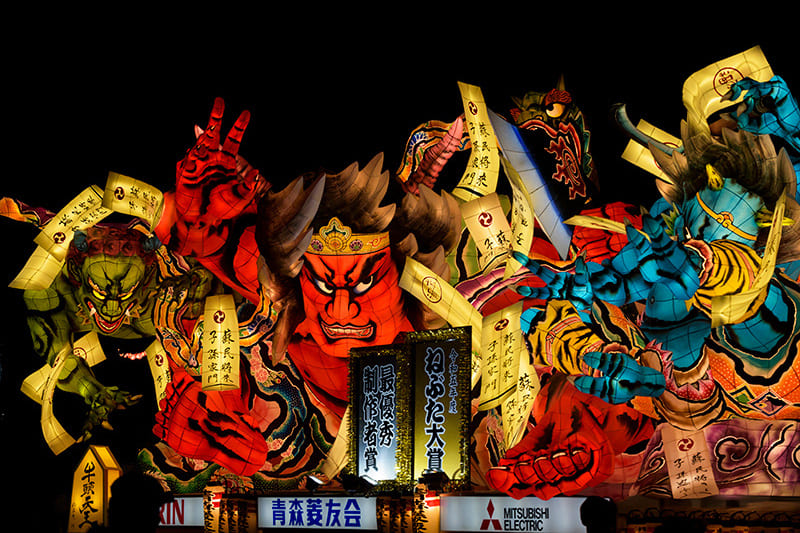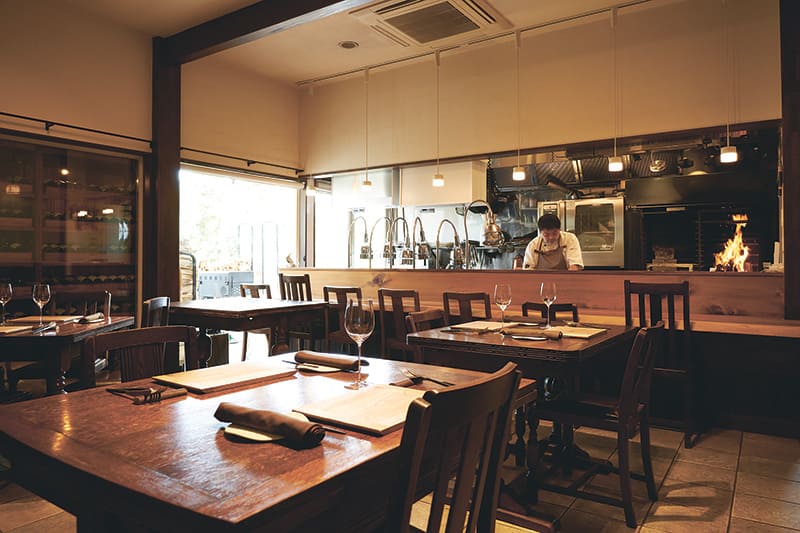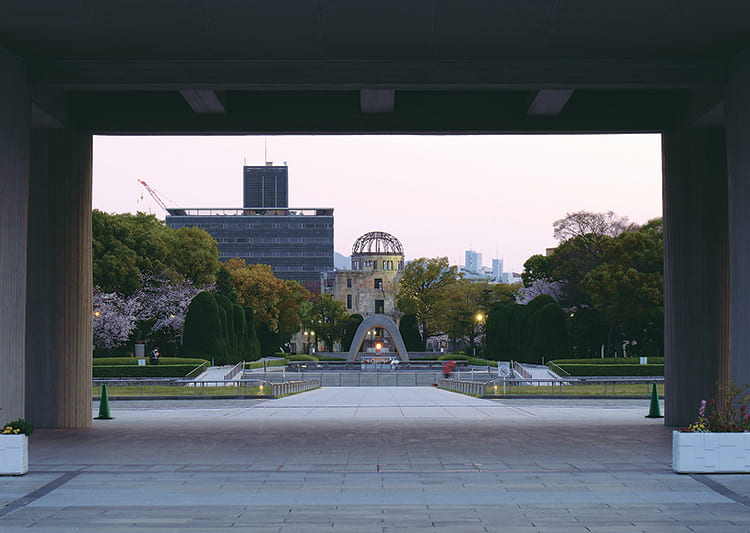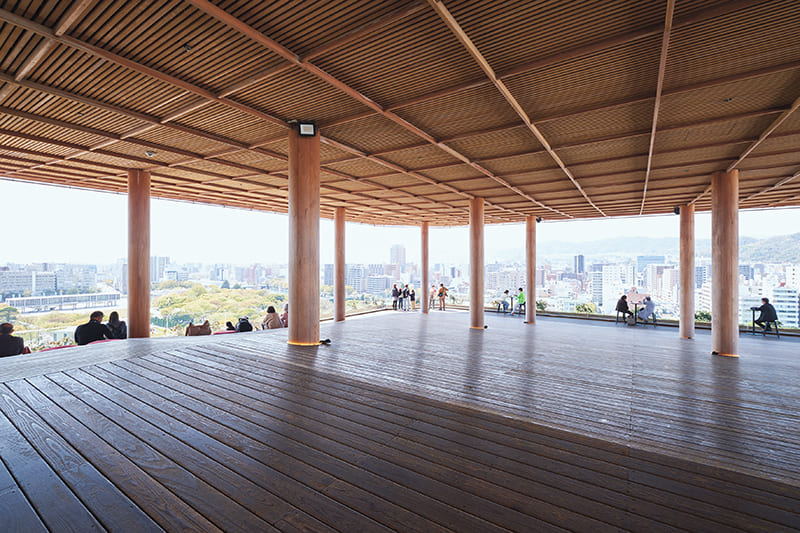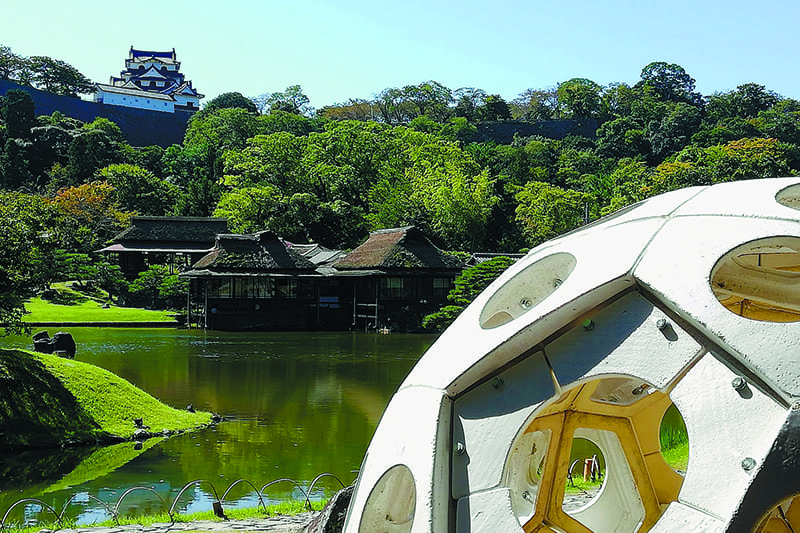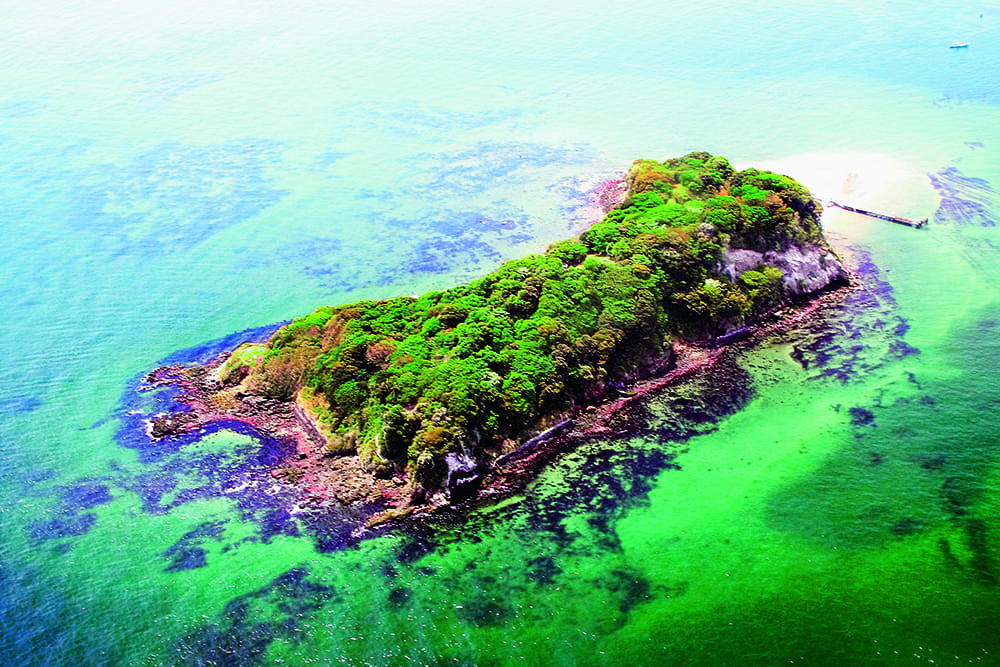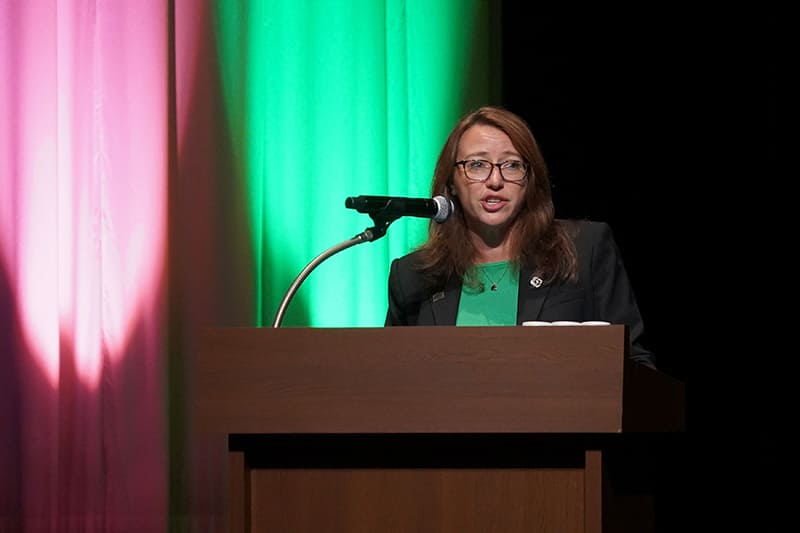June 28, 2024
Festival overcomes a nuclear accident and COVID
INTERVIEW
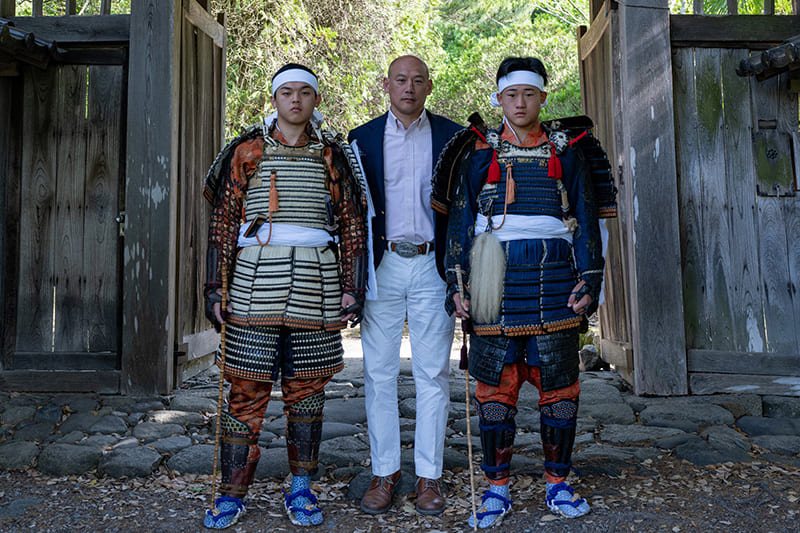
PHOTOS: TAKAO OHTA
Alarge crowd lined the streets of downtown Minamisoma in Fukushima Prefecture on a sunny weekend in late May to watch armor-clad warriors on horseback pass by one after the other. This procession, called o-gyōretsu, takes place on the second day of the Soma Nomaoi festival. Divided into three groups, the warriors escort portable shrines from Soma Ota Shrine, Odaka Shrine and Nakamura Shrine, which enshrine the deities of this area’s former feudal lords, the Sohma clan. In all, 388 horsemen and countless warriors participated, making this event unique among Japan’s many festivals.
Soma Nomaoi marks the beginning of summer in the northern Tohoku region and is held in the former Soma territories, comprising the present-day cities of Soma and Minamisoma, the towns of Namie, Futaba and Okuma, and the villages of Iidate and Katsurao.
The festival dates back to the 10th century, in the middle of the Heian Period. It is said to have originated when Taira no Masakado, a warlord of imperial lineage, released wild horses at a pasture in Koganegahara, Katsushika County, Shimosa Province — near the present-day Chiba Prefecture cities of Matsudo and Nagareyama — and dedicated them to the gods before conducting military training, with the horses representing enemy forces.
Centuries later, in 1323, Shigetane Sohma, the sixth head of the Sohma clan and purported relative of Taira no Masakado, arrived in the Mutsu Province village of Ota — present-day Minamisoma — as its new feudal lord, and ever since that time the festival has been held there.
It has occasionally faced difficulties, however. In 1889, as feudalism ended during the Meiji Era, the horses that had grazed freely in the area were rounded up, making it difficult to hold the festival. The festival was banned for a period starting in 1945, when Japan was under the control of the Allied forces after World War II, as large gatherings were considered dangerous. However, the festival continued within the three Soma shrines, always passed down through successive generations. In 1952, the Japanese government designated it an Important Intangible Cultural Property, affirming its status in the nation’s culture.
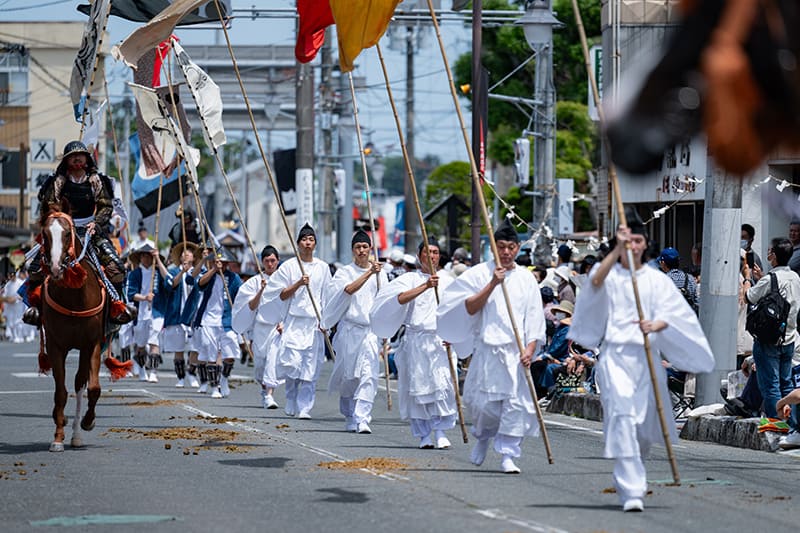
PHOTOS: TAKAO OHTA
Michitane Sohma, the 34th head of the Sohma clan, which ruled the Sohma Nakamura domain in this area for approximately 740 years, still participates in the festival today. Raised by a father who ran a ranch in Hokkaido, Sohma has been around horses since he was a boy and has led the procession since 1988, when he was just 14 years old.
“In 2022, when my son, Toshitane, turned 14, I handed over the lead role to him. The last time I served as leader was in 2021, during COVID. In 2020, because of COVID we could only hold the Shinto ritual, and in 2021 we just had one rider walk the streets wearing armor and a mask. In fact, the last lord to be named Michitane, like me, was the 28th feudal lord during the Edo Period (1603-1868), and during his time there were many hardships too, because of the Great Tenpo Famine (1833-1839). It seems whenever the clan leader is named Michitane, bad things happen. During my time we had COVID and also the Great East Japan Earthquake and the accident at the Fukushima No. 1 nuclear power plant,” he said.
The March 11, 2011, earthquake and tsunami caused the Fukushima plant to lose power and melt down. It is located in the town of Okuma in Fukushima’s Futaba district, part of the former Sohma Nakamura domain. Minamisoma and Soma, at the center of the Nomaoi festival, are within 50 kilometers of the plant, and one-third of the area once ruled by the Sohma clan was designated as a “no-go zone” due to radioactive contamination.
“When the Great East Japan Earthquake hit, I took a ferry from Hokkaido, where I was living at the time, to Akita, and from there I went overland to Soma. On the way, I heard news of the nuclear power plant accident, and my friends in Fukushima told me to stay away. But I was worried about Soma. As soon as I arrived, I went to Soma Nakamura Shrine and talked to the chief priest about whether or not we would hold the festival that year. He said we should. Although there was damage from the earthquake and fear of radiation, we held the o-gyōretsu and other events at two locations in spite of such difficulties,” he said.
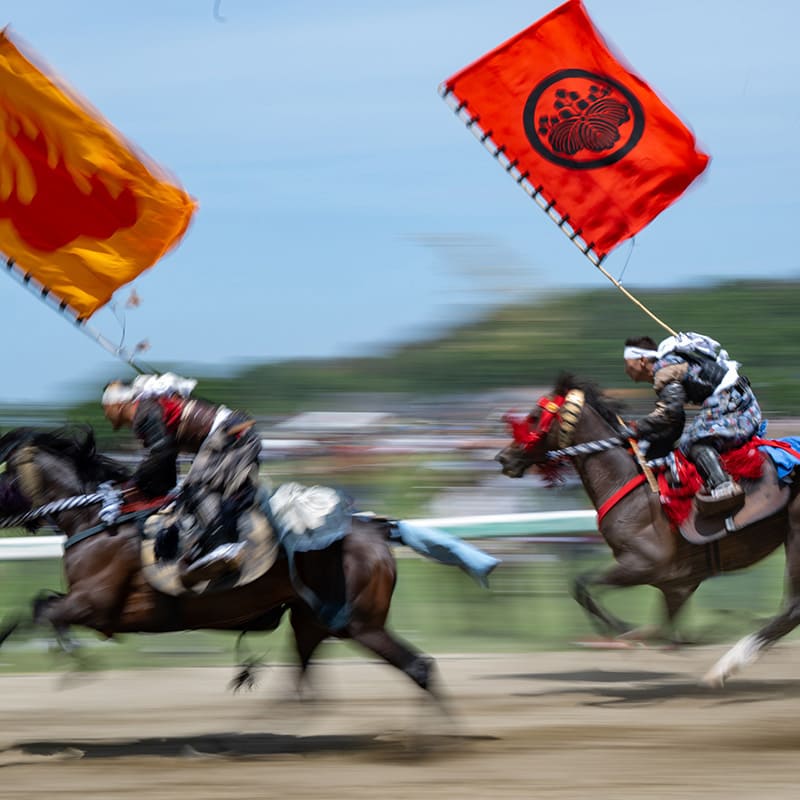
In 2013, Soma and his family moved to the Hiroshima Prefecture town of Kamishikogen to build a village where they could live with evacuees from the nuclear power plant accident, and he started a small farm there. He continues to raise cattle there in the midst of nature, producing beef and yogurt in a safe environment. However, in March 2023, 10 years after going to Hiroshima, he took the opportunity to register as a resident of Namie after it was reopened for residents. With his family in Hiroshima, he now travels between Hiroshima and Fukushima several times a month. For the past few years, he has spent 50 days a year in Fukushima Prefecture, but this year he will spend about one-third of the year there. Next year, he plans to spend half the year there.
“Namie was first established when the 21st lord of the Sohma Nakamura domain retired and moved to the area. One of the town’s main industries now is Ohori Soma ware, a type of pottery that dates back to this time. I thought it would be interesting if the retired 34th head of the clan moved there to rebuild it. I would like to establish a community space here called Noma Valley, where people and horses will be able to live together in harmony,” he said.
“Since 2011, our focus has been on recovering from the earthquake and the nuclear accident. However, my thoughts changed when the war in Ukraine started in 2022, and I began to think that we, as a country with advanced radiation technologies that has been coping and living in harmony with radioactive contamination for more than a decade, should try to help the people of Ukraine who also live under a nuclear threat. I experienced firsthand how Hiroshima, where I moved after the nuclear accident, continues to lobby for the abolition of nuclear (weapons). I also know that the more we appeal to a fear of nuclear (weapons), the less likely it is that people will give them up. I feel that Fukushima’s mission now is to receive the baton from Hiroshima and work together with them to eliminate the threat of nuclear (weapons) and strive to create a world without them.”
In this way, the “modern-day feudal lord” may no longer lead his procession of warriors at the Soma Nomaoi festival, but his endeavors to help solve society’s problems continue.
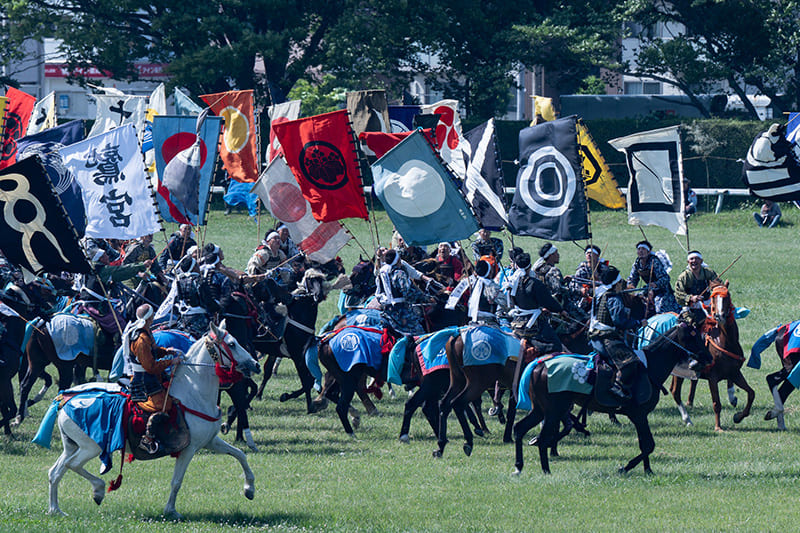
MICHITANE SOHMA
The 34th head of the Sohma clan Representative director of the Soma Aid and Rescue Team and co-chairman of SOMA for passing on the clan’s legacy (https://nomavalley.jp/). Based in Fukushima’s Soma Futaba region, he works to create a new movement incorporating the promotion of traditional culture, education and energy. Recent initiatives include a community-generation project using retired racehorses as part of an effort to create a society where people and horses can coexist in harmony. He also runs a farm in the Hiroshima town of Kamishikogen where he produces milk, yogurt, custard pudding and other products (https://www.somasranch.com).
原発事故にもコロナ禍にも負けず、継続してきた祭り。
沿道に詰めかけた聴衆を前に、騎馬武者が次から次へと進んでいく。「お行列」と呼ばれる神事だ。かつてこの地を治めた領主・相馬家の氏神を祀る3つの神社の神輿をそれぞれ擁し、三軍に分かれて進軍する。その数、総勢388騎――相馬野馬追。かつての相馬一族の領地(現在の相馬市・南相馬市など)で行われる祭りである。
祭りの起源は、平安時代中期(10世紀)まで遡る。武将・平将門が下総国葛飾郡小金ヶ原(現在の千葉県松戸市・流山市付近)の牧で野馬を捕らえ、御神馬として神前に奉納、またこの馬を敵兵に見たて軍事訓練をしたことが由来とされる。この将門につながると言われる相馬氏の第6代当主・相馬重胤が、1323年に所領であるこの地にやってくる。以来、福島県で、野馬追が行われるようになったのだ。
1952年には、国の重要無形文化財にも指定されている。約740年にわたりこの地を治めた相馬中村藩の相馬家第34代当主として、現在もこの祭りに参加するのが、相馬行胤(みちたね)だ。14歳になった1988年から2021年まで「総大将」としてこの祭りの行列を率いてきた。
Return to Sustainable Japan Magazine Vol. 37 article list page

